Byron 200 Years after His Death
George Gordon Byron (1788–1824) died 200 years ago on Friday (19 April). Writing this week for The Washington Post, Michael Dirda reviews two new books about the poet (noted below), while Benjamin Markovits, in a New York Times essay, grapples with how (and whether) people still read him. A Byron Festival is being held at Trinity College, Cambridge (yesterday and today) while the Keats-Shelley House presents the exhibition, Byron’s Italy: An Anglo-Italian Romance, along with a series of talks and other events throughout the year. Finally (for now), Liverpool UP has discounted some of its Byron books.
The Byron Festival at Trinity
Trinity College Cambridge 19–20 April 2024
 Trinity College Cambridge will host a two-day festival to coincide with the 200th anniversary of Lord Byron’s death on 19 April 1824, in Missolonghi, Greece. Byron was a student at Trinity College and is one of its most celebrated alumni. While enrolled as an undergraduate, Byron published his collection of poetry, Hours of Idleness, and began the satirical poem that would become English Bards and Scotch Reviewers, a scathing provocation of the literary establishment.
Trinity College Cambridge will host a two-day festival to coincide with the 200th anniversary of Lord Byron’s death on 19 April 1824, in Missolonghi, Greece. Byron was a student at Trinity College and is one of its most celebrated alumni. While enrolled as an undergraduate, Byron published his collection of poetry, Hours of Idleness, and began the satirical poem that would become English Bards and Scotch Reviewers, a scathing provocation of the literary establishment.
Described by the College’s Senior Tutor of the time as a “young man of tumultuous passions,” Byron became one of the most controversial, celebrated, and influential poets of his age. When Westminster Abbey declined to accept the magnificent statue of Byron, created after his death by the Danish sculptor Thorvaldsen, Trinity gave it a home in the Wren Library, where the poet still stands—an impressive presence for students, scholars, and visitors.
But what kinds of presence does Byron have now? This question is the focus of an exciting programme of talks, readings, music, and exhibited work, which will address, and mediate, the legacy and status of Byron now, within the contexts of today’s culture and scholarship. The Byron Festival Conference programme includes talks about Byron, by academics and writers including Bernard Beatty, Drummond Bone, Clare Bucknell, Will Bowers, Christine Kenyon Jones, Mathelinda Nabugodi, Seamus Perry, Diego Saglia, Dan Sperrin, Jane Stabler, Fiona Stafford, A.E. Stallings, Andrew Stauffer, Corin Throsby, Clara Tuite, Ross Wilson.
◊ ◊ ◊ ◊ ◊
Fiona Stafford, ed., Byron’s Travels: Poems, Letters, and Journals (New York: Everyman’s Library, 2024), 728 pages, ISBN: 978-1101908426, $35.
 George Gordon, Lord Byron, was one of the leading figures of British Romanticism. The Byronic hero he gave his name to—the charming, dashing, rebellious outsider—remains a powerful literary archetype. Byron was known for his unconventional character and his extravagant and flamboyant lifestyle: he had numerous scandalous love affairs, including with his half-sister Augusta Leigh. Lady Caroline Lamb, one of his lovers, famously described him as “mad, bad and dangerous to know.”
George Gordon, Lord Byron, was one of the leading figures of British Romanticism. The Byronic hero he gave his name to—the charming, dashing, rebellious outsider—remains a powerful literary archetype. Byron was known for his unconventional character and his extravagant and flamboyant lifestyle: he had numerous scandalous love affairs, including with his half-sister Augusta Leigh. Lady Caroline Lamb, one of his lovers, famously described him as “mad, bad and dangerous to know.”
His letters and journals were originally published in two volumes; this new one-volume selection includes poems and provides a vivid overview of his dramatic life arranged to reflect his travels through Scotland, Italy, Spain, Turkey, Albania, Switzerland, and of course Greece, where he died. It contains a new introduction by scholar Fiona Stafford highlighting Byron’s enduring significance and the ways in which he was ahead of his time.
Fiona Stafford is a professor of English literature at Oxford University. The author of many books, including a biography of Jane Austen, she also wrote and presented the highly acclaimed The Meaning of Trees for BBC Radio 3’s The Essay. Her book The Long, Long Life of Trees, published in 2017, was a Sunday Times Nature Book of the Year.
◊ ◊ ◊ ◊ ◊
Andrew Stauffer, Byron: A Life in Ten Letters (Cambridge: Cambridge University Press, 2024), 300 pages, ISBN: 978-1009200165, $30.
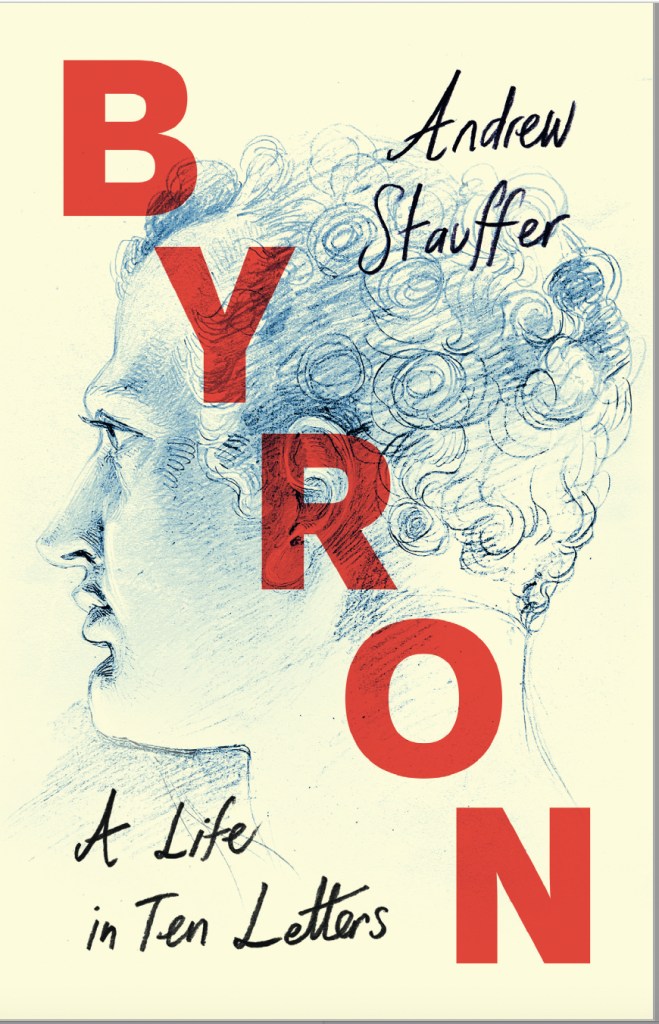
Lord Byron was the most celebrated of all the Romantic poets. Troubled, handsome, sexually fluid, disabled, and transgressive, he wrote his way to international fame—and scandal—before finding a kind of redemption in the Greek Revolution. He also left behind the vast trove of thrilling letters (to friends, relatives, lovers, and more) that form the core of this remarkable biography. Published to coincide with the 200th anniversary of Byron’s death, and adopting a fresh approach, it explores his life and work through some of his best, most resonant correspondence. Each chapter opens with Byron’s own voice—as if we have opened a letter from the poet himself—followed by a vivid account of the emotions and experiences that missive touches. This gripping life traces the meteoric trajectory of a poet whose brilliance shook the world and whose legacy continues to shape art and culture to this day.
Andrew M. Stauffer is a professor in the English Department at the University of Virginia, where he specializes in nineteenth-century literature, especially poetry.
Exhibition | 1923 —The Domaine de Sceaux: Origins of a Renaissance
From Silvana Editoriale:
1923 — The Domaine de Sceaux: Origins of a Renaissance
Musée du Domaine départemental de Sceaux, 10 March — 9 July 2023
 The Domaine de Sceaux was acquired in 1923 by the Hauts-de-Seine department, leading to the estate’s restoration and its opening to the public. This exhibition (installed in the former stables) brings together archival documents, posters, photographs, drawings, and paintings to tell the story of the place during this last eventful century. The exhibition traces the history of the estate from its first major transformation to the 1950s.
The Domaine de Sceaux was acquired in 1923 by the Hauts-de-Seine department, leading to the estate’s restoration and its opening to the public. This exhibition (installed in the former stables) brings together archival documents, posters, photographs, drawings, and paintings to tell the story of the place during this last eventful century. The exhibition traces the history of the estate from its first major transformation to the 1950s.
L’histoire du Domaine de Sceaux entre 1850 et 1950 reste peu connue du grand public. Après la Révolution, la propriété traversa plusieurs phases de déclin et de renouveau. Les aménagements d’aujourd’hui s’inspirent donc à la fois du parc ancien et des ouvrages classés du XVIIe s., et ils intègrent aussi le décor du XIXe s., introduit par les ducs de Trévise. Si vous êtes familier des lieux ou en quête d’histoire sur le Grand Paris, vous ressentirez d’autant plus cette métamorphose : celle d’un somptueux château à la campagne devenu un site muséal préservé et ouvert à tous.
Site historique et patrimonial majeur de la région parisienne, le Domaine départemental de Sceaux fut créé en 1670 par Jean-Baptiste Colbert, qui y appela les plus grands artistes de son temps, d’André Le Nôtre à Charles Le Brun, de Jules Hardouin-Mansart à Antoine Coysevox. Passé entre les mains du marquis de Seignelay, fils du ministre de Louis XIV, puis entre celles du duc et de la duchesse du Maine, du duc de Penthièvre et enfin du duc et de la duchesse de Trévise, cet ensemble remarquable, bientôt menacé par l’extension galopante de la banlieue, était appelé à une disparition quasi certaine lorsqu’en 1923, à la suggestion du maire de Sceaux, il fut acquis in extremis par le département de la Seine à la princesse de Cystria, née Trévise, dernière propriétaire. 2023 marque ainsi le centenaire du passage de ce domaine exceptionnel du statut de propriété privée à celui de bien public, devenu en 1970 l’un des fleurons du département des Hauts-de-Seine qui en assure depuis l’entretien et la valorisation. L’exposition revient sur le contexte, sur les raisons et sur les conditions de cette acquisition qui permit l’heureuse renaissance du domaine de Sceaux.
David Baurain and Céline Barbin, eds., 1923 — Le Domaine de Sceaux: Aux origines d’une renaissance (Milan: Silvana Editoriale, 2023), 208 pages, ISBN: 978-8836654239, €30.
Exhibition | Reframing Reynolds

Left: Joshua Reynolds, Portrait of Lady Anne Bonfoy, née Eliot (1729–1810), oil on canvas, 125 × 100 cm (Acquired from the Trustees of Port Eliot Estate through the acceptance in lieu scheme, 2007). Right: Joshua Reynolds, Self Portrait, 1746, oil on canvas, 104 × 90 cm (Plymouth: The Box, 2014.71, purchased with the assistance of the Heritage Lottery Fund, V&A Purchase Grant Fund, and the Art Fund, with a contribution from the Wolfson Foundation).
◊ ◊ ◊ ◊ ◊
Opening this month at The Box:
Reframing Reynolds: A Celebration
The Box, Plymouth, 24 June 2023 — 29 October 2023
This major new exhibition celebrates the 300th anniversary of the birth of famous portrait painter, Sir Joshua Reynolds, who was born in nearby Plympton St Maurice.
Joshua Reynolds (1723–1794) was known for capturing his clients’ personalities, being one of the founding members and first president of the prestigious Royal Academy in London, as well as one of the most influential painters of the 1700s. Reframing Reynolds: A Celebration explores the career of this famous 18th-century portrait artist within a global context, highlighting themes such as image, identity, his studio practice, his early career in Plymouth Dock (now Devonport), and his use of pigment, colour, and light.
Important works from The Box’s permanent collection are shown alongside loans from national and private collections including Tate, The Woburn Abbey Collection, National Trust, National Maritime Museum, and The Barber Institute of Fine Arts. The loans are supported by the Weston Loan Programme with Art Fund. Created by the Garfield Weston Foundation and Art Fund, the programme is the first ever UK-wide funding scheme to enable smaller and local authority museums to borrow works of art and artefacts from national collections.
Reynolds’ enduring legacy and his ongoing relevance for artists today are highlighted through an exciting collaboration with Royal Academician Rana Begum, who has created new works inspired by three of his portraits. Begum’s internationally touring Dappled Light exhibition will also be on display at The Box this summer.
Keen to discover more about Sir Joshua Reynolds?
• Learn about the National Trust’s Reynolds 300 programme.
• Find out more about what’s happening at Saltram House.
• Book for one of the Royal Academy’s Artists on Art talks, which have been programmed to coincide with the 300th anniversary of Reynolds’ birth.
• Book a ticket for a special Sir Joshua Reynolds at 300 talk and panel discussion at Plympton St Maurice Guildhall on 14 July.
New Book | A Treatise on Civil Architecture
From Rizzoli:
William Chambers, with a preface by Frank Salmon, A Treatise on Civil Architecture (Stockholm: Bokförlaget Stolpe, 2023), ISBN: 978-9189696358, $80.
 A gorgeous, oversize, clothbound facsimile of the classic 18th-century guide to the vocabulary of Western architecture
A gorgeous, oversize, clothbound facsimile of the classic 18th-century guide to the vocabulary of Western architecture
Sir William Chambers (1723–1796) was a Swedish British architect who designed imaginative castle buildings and luxurious interiors as well as simple and rational utilitarian architecture: some of his most famous works include the Roehampton Villa, Great Pagoda, and Somerset House (all located in London). Originally published in 1756, A Treatise on Civil Architecture is an architecture handbook in which Chambers explains the basics of the art of building, aiming “to collect into one volume what is now dispersed in a great many, and to select, from mountains of promiscuous Materials, a Series of Sound Precepts and good Designs.” The guidebook is supplemented by concise texts and beautiful illustrations of classical building types and their functions. Received with considerable acclaim upon its release, A Treatise on Civil Architecture quickly became the most popular practical work on architecture in the English language and has since been republished several times. This handsome clothbound edition is published in conjunction with the 300th anniversary of Chambers’ birth.
William Chambers (1723–1796) was an architect mainly active in and around London. Chambers was a founder member of the Royal Academy of Arts in 1768 and he published a number of both practical and theoretical books on architecture, gardening, and interior design.
Frank Salmon is Associate Professor (Senior Lecturer) in History of Art, University of Cambridge and a Fellow at St John’s College, Cambridge. Since 2021 Dr. Salmon has served as the director at the Cambridge based The Ax:son Johnson Centre for the Study of Classical Architecture.
Adam Smith 300 in 2023

From the press release (23 November 2022) for Adam Smith 300 . . .
The University of Glasgow is marking the 300th anniversary of pioneering Scot Adam Smith (1723–1790) with a year-long celebration of his life, work, and influence.
The tercentenary commemoration of the ‘father of economics’ includes a host of events in Scotland and around the world, designed to inspire renewed discussion about Smith’s ideas. Smith’s work has had a lasting impact on the way the world considers economics, politics, and society more broadly. The planned programme of events aims to consider how his ideas from 300 years ago can help answer some of the biggest challenges we face today.
Throughout 2023 the University of Glasgow has a raft of programmes and events that will give academics, students, and the public new insights into his life and work. Highlights include:
• Tercentenary Week (5–10 June 2023)—a week-long series of activities, including talks and exhibitions at the University of Glasgow featuring scholars from the London School of Economics, the universities of Princeton and Harvard, and the University of Cambridge.
• An on-campus and virtual exhibition of significant and rare Smith-related artifacts—including letters, first edition books, and material from the University of Glasgow’s archives.
• The Adam Smith Tercentenary Global Lecture Series, featuring internationally renowned speakers from academia, business, and public policy.
• New research into Smith’s life and writings.
• The Royal Economic Society and Scottish Economic Society Joint Conference in April, featuring global academics reflecting upon Smith’s legacy.
Other activities involve a national student competition to re-design the front cover of The Wealth of Nations, online courses for adult learners, and new programmes to introduce high school to Adam Smith and his ideas. Universities from across the world, in North and South America, Asia, Africa, Europe, and Australia will be joining in the commemorations with their own events to mark the tercentenary.
Professor Sir Anton Muscatelli, Principal and Vice Chancellor of the University of Glasgow, said: “Adam Smith is one of our most famous alumni, and he left an indelible impact on the University of Glasgow, on the fields of economics and moral philosophy, and on the wider world. His studies and writings introduced new ideas, insights, and concepts that shaped our understanding of economics today but were revolutionary in their day. To mark the tercentenary of his birth we will see academics, students, and the public discuss his continued relevance at a series of events taking place in Glasgow and across the world. I look forward to taking part in the University’s commemoration of Adam Smith as we evaluate his legacy and consider how his thoughts and ideas from 300 years ago can still help us answer the greatest challenges of today.”
Adam Smith—born in Kirkcaldy, Fife, in June 1723—started his studies at the University of Glasgow aged 14. In 1740, he was awarded the Snell Scholarship, which is still in existence today, and left to study at Oxford. In 1751, Smith returned to Glasgow as a Professor of Logic, later becoming Professor of Moral Philosophy. While at Glasgow, Smith published the first edition of The Theory of Moral Sentiments in 1759, developing upon the principles and concepts explored in his lectures. Smith’s final connection with the University came in 1787 when he assumed the prominent position of Rector. He published arguably his most famous work The Wealth of Nations in 1776 and died in 1790.
Marking the Tercentenary of Wren’s Death in 2023

Sir Godfrey Kneller, Portrait of Sir Christopher Wren, 1711, oil on canvas (London: NPG, 113).
2023 marks three hundred years since the death of Sir Christopher Wren (1632–1723)—mathematician, astronomer, physicist, anatomist, and one of the United Kingdom’s greatest architects.
Wren was given responsibility for rebuilding 51 churches in the City of London after the Great Fire in 1666, including what is regarded as his masterpiece, St Paul’s Cathedral, where today he is buried under a gravestone with the Latin inscription which in part translates: “If you seek his memorial, look about you.” From centres of learning in Greenwich, Oxford, and Cambridge, churches, and palaces fit for a king, Wren’s influence spans the centuries.
His tercentenary will be marked in the Square Mile Churches by a year-long education and conservation programme for children and adults which has been awarded a £241,000 grant by The National Lottery Heritage Fund. Throughout 2023, Wren’s remaining churches in The City will host a variety of school and community initiatives, marking the enduring legacy of one of Britain’s most acclaimed polymaths.
With projects including school pupils building a replica of the dome of St Paul’s, and a ‘Wrenathon’ of choirs across The City of London, the Wren300 Square Mile Churches programme offers a range of opportunities to explore the work of Sir Christopher Wren through conservation, heritage, and musical activities.
The Wren300 projects include:
• The Schools’ Programme: Working with the London Diocesan Board of Schools, Temple Bar Trust and the London Fire Brigade Museum, primary school children will have the opportunity to visit Wren churches throughout 2023. The programme will be open to all state schools, with almost 5,000 pupils expected to take part in these trips, focused on London’s most under-privileged areas.
• Conservation Workshop: A series of workshops, talks and events on new construction techniques and sustainable construction materials, inspired by Wren’s work, run by Cliveden Conservation Workshop.
• The ‘Dastardly’ Triple Dome: Taking place during School Science Week in March 2023 and led by Chris Wise, Senior Director of Expedition Engineering, this project will involve 100 secondary school pupils coming together to build a mini dome using foam blocks and bamboo, representing the triple dome of St Paul’s Cathedral.
• A City Full of People: Led by historians, Dr Rebecca Preston and Dr Susan Skedd, this programme will engage and recruit volunteers from diverse communities in researching and understanding the lives of people engaged with Wren’s churches over the centuries, who might previously have been overlooked.
• The Wrenathon: Working with Music in Offices, work-based, community, and intergenerational choirs, drawn from diverse communities, including The Samaritans Choir and Ukrainian Refugees Choir, will come together in Wren churches. to sing music ranging from baroque and classical to contemporary and jazz.
• Exhibitions of fire artists: From September 2023, a number of churches will be hosting exhibitions of fire artists, depicting the destruction and rebuilding of Wren churches.
Alongside a grant from the National Lottery Heritage Fund, Wren300 has also received grants from the Royal Academy of Engineering, The Linbury Trust and the London Fire Brigade Museum.
Commenting on Wren300, the Bishop of London, the Rt Revd and Rt Hon Dame Sarah Mullally, said: “We are very grateful for the funding the Wren300 project has received from the National Lottery Heritage Fund. This will go a long way to helping those from all backgrounds to experience Wren’s churches in The City, encouraging new audiences to feel inspired by the architecture, heritage, arts and music of his time.”
Stuart McLeod, Director England – London & South at The National Lottery Heritage Fund, added: “We are delighted to support this project, which, thanks to money raised by National Lottery players, will enable more people to learn about the fantastic legacy of Sir Christopher Wren. His work is so integrated into the community and bringing this to life through a year-long programme will be a fitting legacy. Heritage has a huge role to play in instilling pride in our communities and through Wren300 more people will be able to get involved with, protect, and learn about the exciting heritage right on their doorstep.”
Annie Hampson, Chair of the Wren300-Square Mile Churches, said: “Wren300 is a celebration of an extraordinary and prolific career that occurred at a changing point in British history and transformed our architecture. The Great Fire of London decimated the City and Wren brought his pragmatism and skill to the rebuilding of the City Churches, providing him with the expertise and knowledge to achieve his greatest masterpiece in the rebuilding of St Paul’s. The Wren300 project provides a range of activities that will ensure these Churches are better known and appreciated, that they are an enriching experience to all who come to them, a learning resource for young people living in and around the City of London and a lasting legacy that will ensure their survival for generations to come.”
Wren300 Square Mile Churches, Honorary Patron, Lord Norman Foster of Thames Bank added “Sir Christopher Wren was one of our greatest ever citizens. I admire him not only as a great architect but also as a surveyor and manager who remarkably came up with a plan for rebuilding the City only days after the Great Fire. What is even more extraordinary is that he succeeded in carrying it out, supervising the rebuilding of 51 churches, including St Paul’s Cathedral, where he used a completely new architectural language not previously seen in England. His influence continues to this day.”
Exhibition | Canova: Sketching in Clay

Antonio Canova, Adam and Eve Mourning the Dead Abel, detail of Eve and Abel, ca. 1818–22, terracotta
(Possagno: Museo Gypsotheca Antonio Canova; photograph by Tony Sigel)
◊ ◊ ◊ ◊ ◊
Antonio Canova, at age 64, died on this day (13 October) 200 years ago; his clay models are the subject of a major exhibition opening in June. From the NGA:
Canova: Sketching in Clay
National Gallery of Art, Washington, DC, 11 June — 9 October 2023
Art Institute of Chicago, 19 November 2023 — 18 March 2024
Curated by C. D. Dickerson and Emerson Bowyer
How does a sculptor turn an initial idea into a finished work of marble? For Antonio Canova (1757–1822), the most famous artist of Europe’s revolutionary period, the answer was with clay. Working with his hands and small tools, Canova produced dazzling sketch models in clay, which helped him plan his designs for his large statues in marble. Imprinted with the fire of his imagination, these sketches were boldly executed in mere minutes. Canova also made more finished models, sensuous in their details, that he showed to patrons or used as guides for carving. Approximately 40 of the some 60 of his surviving models reveal the artist’s extraordinary working process—a process that led to the creation of some of the most iconic works in the history of sculpture.
Canova: Sketching in Clay is organized by the National Gallery of Art, Washington and The Art Institute of Chicago. The exhibition is curated by C. D. Dickerson, curator and head of sculpture and decorative arts, National Gallery of Art, and Emerson Bowyer, Searle Curator, Painting and Sculpture of Europe, The Art Institute of Chicago.
C. D. Dickerson and Emerson Bowyer, with contributions by Anthony Sigel and Elyse Nelson, Canova: Sketching in Clay (New Haven: Yale University Press, 2023), 280 pages, ISBN: 978-0300269758, $65.
◊ ◊ ◊ ◊ ◊
Note (added 12 June 2023) — The original posting was updated to include information on the catalogue, which was published 6 June 2023.
Statue of Elizabeth Freeman Unveiled in Massachusetts
On Sunday (21 August) a statue of Elizabeth Freeman (ca.1744–1829) was unveiled in Sheffield, Massachusetts, as reported by the Associated Press:

Brian Hanlon, Elizabeth Freeman, 2022 (Photo from the artist’s Instagram, hanlonstudio1). As noted by @PhyllisASears at Herstorical Monuments, there is also a sculpture of Freeman at the National Museum of African American History and Culture in Washington, DC.
The story of an enslaved woman who went to court to win her freedom [in 1781] more than 80 years before the Emancipation Proclamation had been pushed to the fringes of history.
A group of civic leaders, activists, and historians hope that ended Sunday in the quiet Massachusetts town of Sheffield with the unveiling of a bronze statue of the woman who chose the name Elizabeth Freeman, also when she shed the chains of slavery 241 years ago to the day.
Her story, while remarkable, remains relatively obscure. . . .
The enslaved woman, known as Bett, could not read or write, but she listened. And what she heard did not make sense.
While she toiled in bondage in the household of Col. John Ashley, he and other prominent citizens of Sheffield met to discuss their grievances about British tyranny. In 1773, they wrote in what are known as the Sheffield Resolves that “Mankind in a state of nature are equal, free, and independent of each other.”
Those words were echoed in Article 1 of the Massachusetts Constitution in 1780, which begins “All men are born free and equal, and have certain natural, essential, and unalienable rights.”
It is believed that Bett, after hearing a public reading of the constitution, walked roughly 5 miles from the Ashley household to the home of attorney Theodore Sedgwick, one of the citizens who drafted the Sheffield Resolves, and asked him to represent her in her legal quest for freedom, said Paul O’Brien, president of the Sheffield Historical Society.
Sedgwick and another attorney, Tapping Reeve, took the case. Women had limited legal rights in Massachusetts courts at the time, so a male slave in the Ashley household named Brom was added to the case. The jury agreed with the attorneys, freeing Bett and Brom on August 21, 1781. . . .
The full article is available here»
Exhibition | Herrnhut Turns 300

On this day (17 June) in 1722, building began at Herrnhut; information on events marking the 300th anniversary can be found here. From the Staatliche Kunstsammlungen Dresden:
Departure–Network–Remembrance: 300 Years of Herrnhut
Aufbruch–Netz–Erinnerung: 300 Jahre Herrnhut
Völkerkundemuseum Herrnhut, 9 April — 27 November 2022
 Founded in 1722 as a settlement for Protestant religious refugees from Moravia, Herrnhut quickly developed into an important center for crafts and trade, whose best-known product today is arguably the Herrnhut Star. Through the expansion and missionary activities of the Moravian Church, the town also became the center of a worldwide network of church renewal movements. Global exchange and commitment to the common good still characterize Herrnhut society today. For the anniversary year 2022, we are displaying insights and outlooks into 300 years of history and stories of Herrnhut and its people. This special exhibition was created in cooperation with the Moravian Church of Herrnhut, the Moravian Archives, and with Herrnhut‘s local history museum.
Founded in 1722 as a settlement for Protestant religious refugees from Moravia, Herrnhut quickly developed into an important center for crafts and trade, whose best-known product today is arguably the Herrnhut Star. Through the expansion and missionary activities of the Moravian Church, the town also became the center of a worldwide network of church renewal movements. Global exchange and commitment to the common good still characterize Herrnhut society today. For the anniversary year 2022, we are displaying insights and outlooks into 300 years of history and stories of Herrnhut and its people. This special exhibition was created in cooperation with the Moravian Church of Herrnhut, the Moravian Archives, and with Herrnhut‘s local history museum.
In the museum’s inner courtyard, a work by Dresden artist Su-Ran Sichling invites visitors to participate proactively. The museum foyer exhibits 3D prints of selected objects, inviting visitors to a ‘hands-on’ overview of the topic. The 3D prints were created in cooperation with the open workshop Geistesblitz in Löbau, where students train in the use of modern technologies. In addition, to mark the anniversary, various installations on the history of the Herrnhut mission will complement our permanent exhibition. They already offer insight into the design of a new exhibit, which is scheduled to open in 2023. Among them, visitors will find an intervention on Winti religion in Suriname, created by Rotterdam artist Jaasir Linger.
Exhibition | The Belvedere in Vienna

Salomon Kleiner, View of the Gardens of The Belvedere, detail, ca. 1731
(Vienna: Bibliothek des Belvedere)
◊ ◊ ◊ ◊ ◊
Opening in December at The Belvedere:
The Belvedere in Vienna: 300 Years a Place of Art
Lower Belvedere, Vienna, 2 December 2022 — 7 January 2024
It took more than a decade to build the summer residence of Vienna’s most famous general, Prince Eugene of Savoy. In 1723, construction of the upper palace drew to a close and the Belvedere estate was finally completed. The 300th anniversary of this event presents the perfect occasion for the museum to reflect on its history. Both as a museum and a landmark building, the Belvedere has stood for power and prestige throughout the ages, serving as the setting for courtly festivities, at times as a royal residence, and as the venue for the signing of the Austrian State Treaty in 1955. In an extensive exhibition, the museum will examine the building’s changing roles.
The show will mark the Belvedere’s 300th-anniversary year of 2023. Presented as a homage to an institution dedicated to the arts throughout the centuries, the exhibition casts a critical eye on historical developments and institutional changes. It illustrates the abundance and diversity of the museum, highlighting the collection’s evolution and the role of the holdings as symbols of power.
In 1777 when Marie Theresa opened the Imperial Picture Gallery in the Upper Belvedere to the public, she made a groundbreaking decision heralding a new age of enlightened absolutism: the collections would no longer be limited to courtly representation but would also serve to educate the general public. The Belvedere thrived during the succeeding centuries as both a place for the arts and a scene for glamorous events such as Marie Antoinette’s wedding. It was also the residence of the heir to the throne Franz Ferdinand, and the site where the Austrian State Treaty was signed. All of which is mirrored in its building and collection history.
The importance of the Belvedere as an art nexus over the centuries is examined in detail based on the rich holdings of the collection: they reflect the institution’s changing thematic concerns. The circulation and transfer of objects—additions and disposals of works from the collection due to museum reforms and barter transactions—provide further clues. This is particularly evident during the period from 1938 to 1945, when the museum was an agent and beneficiary of the Nazi state’s looting and cultural exploitation policy. Numerous works acquired after 1933 have been returned to the rightful heirs of the former owners since the enactment of the Austrian Art Restitution Law in 1998—the most notable example being Klimt’s Woman in Gold in 2006.
The Belvedere gallery and its collections reopened after World War II, once the damaged buildings and gardens were restored to their former glory. In 1955, the Austrian State Treaty was signed in the Upper Belvedere and presented to the public from the palace’s balcony.
The exhibition covers the period from the completion of the upper palace in 1723 to the present day, and illustrates the Belvedere’s role as a museum that honors the past, reflects on the present, and looks toward the future.

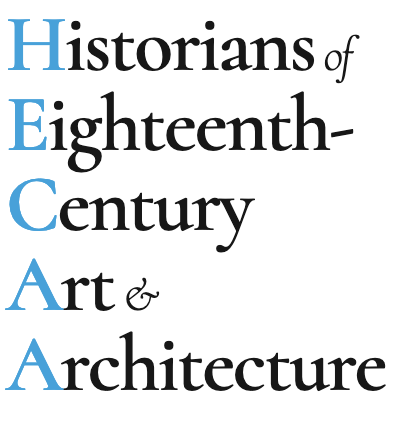

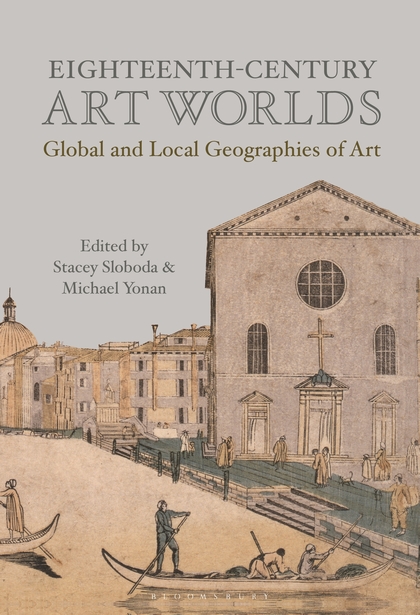

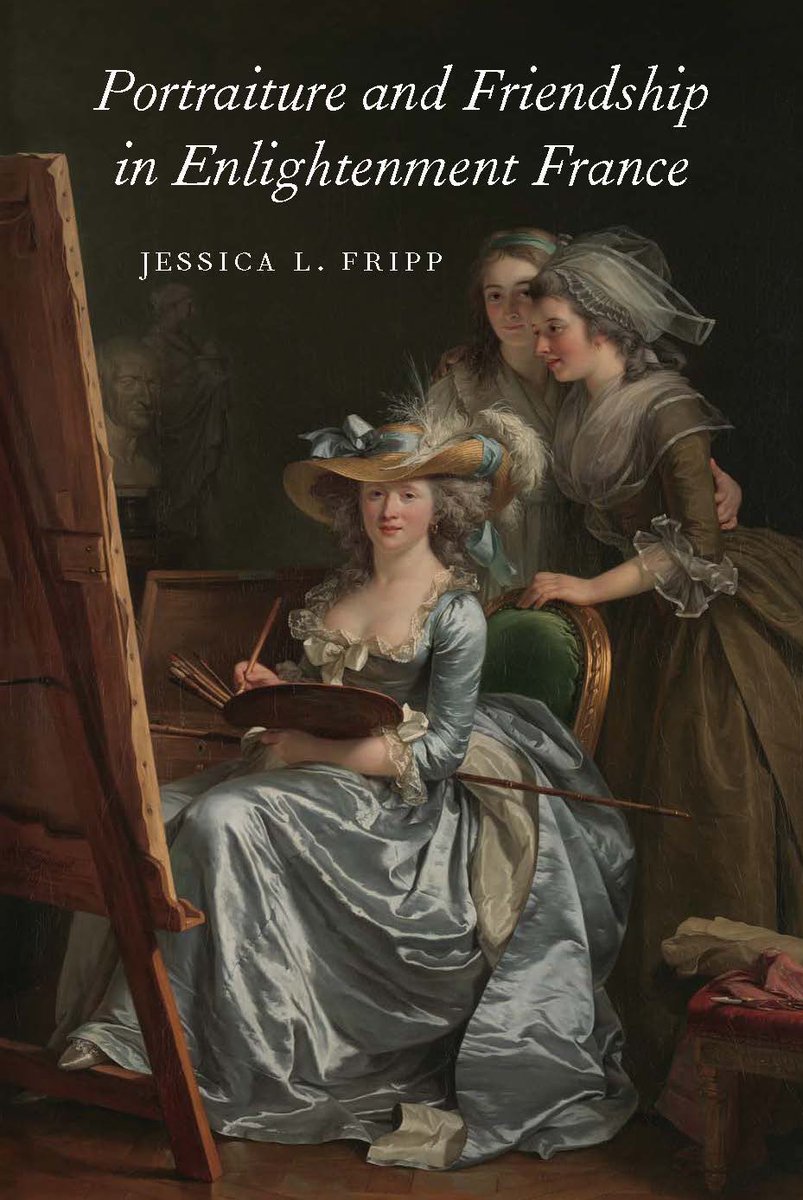















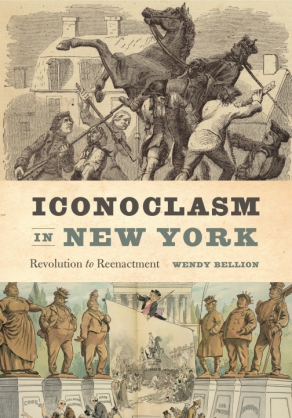



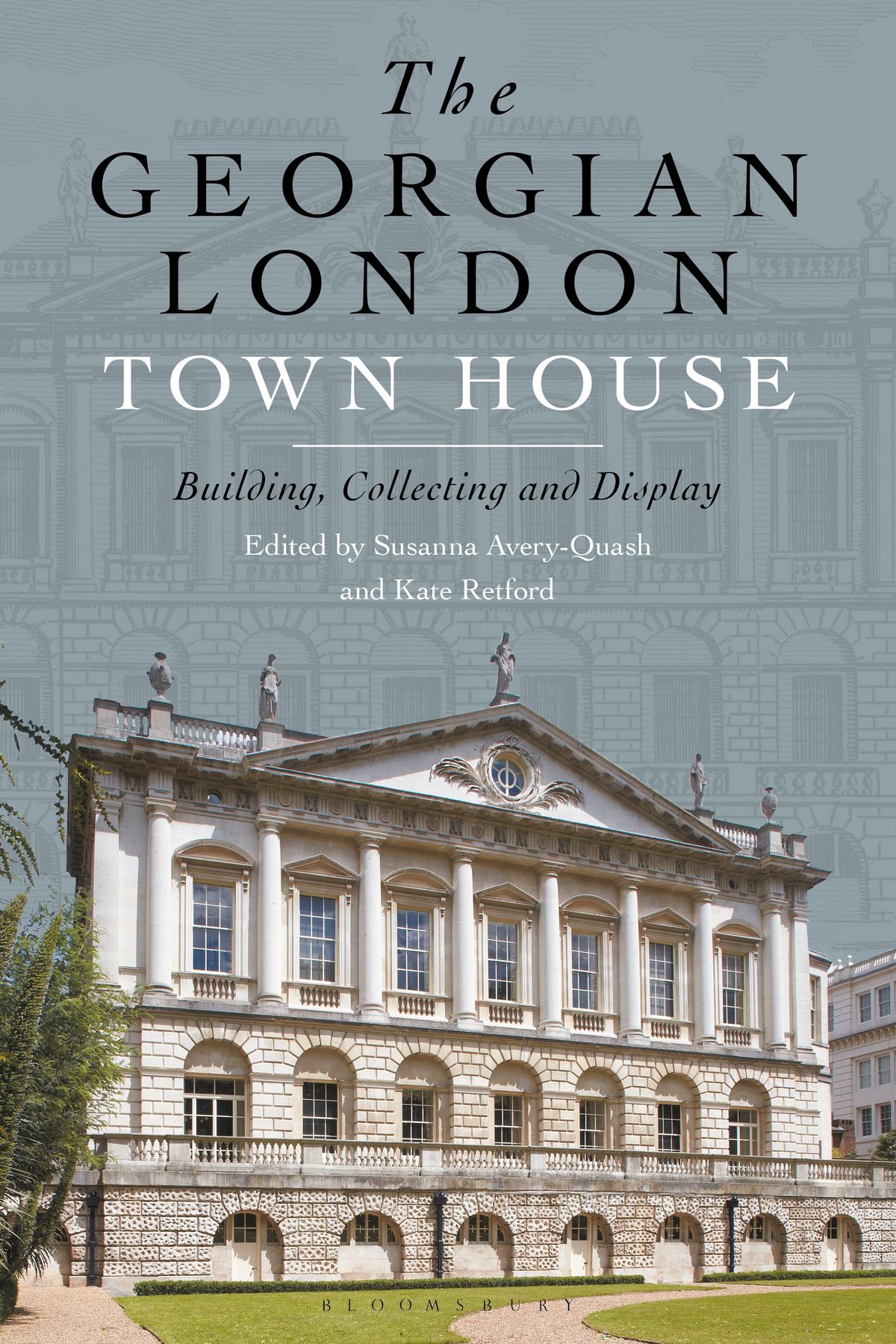


leave a comment